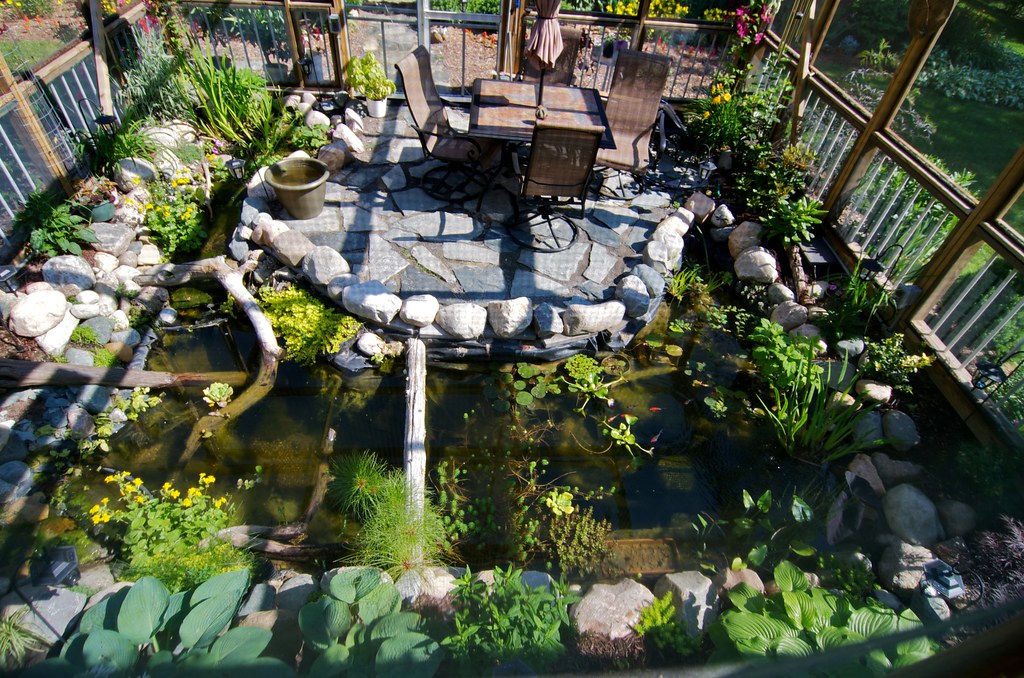The idea of incorporating 'bogs' into the filtration process in a pond was derived from the enormous constructed wetlands that are used for the cleansing of municipal and industrial waste water. Somehow over time in the adoption process several important aspects of constructed wetlands have
been omitted and/or neglected.
First, although a 'bog' may be used for nitrification, the original (and still) main purpose of constructed wetlands is to 'polish' (removal of Nitrate, heavy metals, and other organic and inorganicpollutants) the water through the use of phytofiltration.
Because of the immense surface area available on the gravel used in construction, nitrification will also occur.
In either usage the bog should be treated as at least secondary filtration. Mechanical filtration should definitely precede a 'bog' much as mechanical filtration should precede the use of any biofilter. Efficient removal of suspended solids beforehand is paramount for ensuring the efficiency of any biofiltration.
This mechanical filtration can be in the form of a skimmer, RDF (Rotary Drum Filter), settling tank/chamber (
@addy1 's multiple smaller ponds are an example) or other means.
Without this pre-filtering (Mechanical), a 'bog' will clog. Some may take longer to do so than others.
Overgrowth of 'bog' plants can also cause issues as the roots grow and trap minute suspended particles resulting in clogging and water channeling.
A 'bog' should not be over-planted or allowed to become overgrown. Thinning should be done on an as needed basis, but no less than once per year.
If a 'bog' has become clogged from accumulation of organic particulate then two options are available: backflushing or deconstruction. The former is usually the first choice. Since a 'bog' operates utilizing an upflow of water then backflushing should be accomplished with downflow in order to dislodge any particulates causing the clogging.




